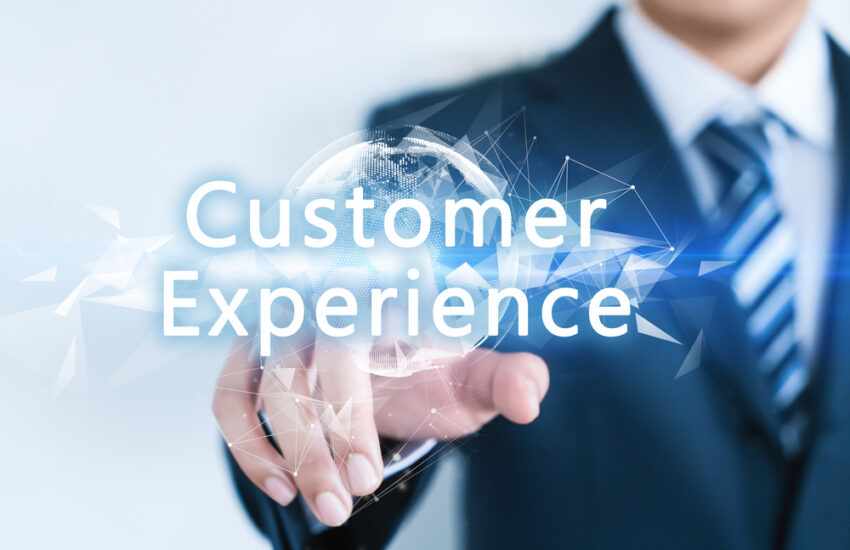Bangalore: Zendesk, Inc. has released the Zendesk Benchmark Guide for Enterprise. The new research reports feature insights and best practices for two different types of large companies: Digital Natives that have been considered digital since their founding, and Digital Transformers, more traditional companies that are in the process of modernizing their approach to customer support.
The report details what sets companies with the most sophisticated customer support operations apart from their industry peers. For both Digital Natives and Digital Transformers, the companies with the best-performing support teams share a commitment to scalability, consistency, innovation and proactive customer service.
One surprising finding: a company’s age isn’t the primary factor linked to its approach to customer support. In fact, plenty of younger companies are still working to modernize their support operations, while several established companies have already mastered the digital landscape.
The high performers in both groups also view their support software as a platform, using apps, integrations and APIs to give agents the information they need to move quickly, maintaining consistency and context across channels.
For both Digital Natives and Digital Transformers, Zendesk Benchmark data shows the companies that face the most challenges are those that directly serve consumers. Traditional enterprise companies that are B2C have a higher volume of requests, lower customer satisfaction scores and the slowest reply times of all company types, implying a digital transformation is most urgently necessary for this group.
At the same time, Digital Native companies in the B2C category still face high customer expectations while handling a massive volume of requests. They see nearly eight times the volume of customer requests and have an average customer satisfaction score that is nearly 10 percentage points lower than companies serving other businesses or operating internally. While these large companies tend to take full advantage of their support software, they see a constant need to innovate and scale to keep up with changing customer expectations.
Digital Natives and Digital Transformers also differ in their self-service capabilities. Digital Native help centers have twice as many articles and a ratio of self-service content views to total ticket volume that is five times higher than that of more traditional enterprise companies. The takeaway for Digital Transformers is that investing more in self-service can lower costs, drive better customer satisfaction scores and improve agent efficiency.
“The Zendesk Benchmark Guide findings perfectly mirror the trend in India. In fact, we have been witnessing heightened interest from enterprise and traditional companies in adopting digital technologies to help them scale. While India presents a growing breed of Digital Natives, I don’t think the Digital Transformers are far behind in coming up to speed and embracing avenues such as Omnichannel and self-help when it comes to Customer Experience,” said KT Prasad, Country Sales Director – Zendesk India.
“Regardless of where a company is in its journey, understanding what customers want and how to deliver is critical for businesses to succeed,” said Ted Smith, Director – Market Insights, Zendesk. “The Zendesk Benchmark Guide for Enterprise can help companies see how they stack up against their peers and what they can do to position themselves better and create the best experiences for their customers.”
For the purpose of this report, Zendesk defined enterprise companies as those with 1,000+ employees and 100+ agents. Looking at a sample of 170 enterprise companies that have opted into the Zendesk Benchmark, Zendesk used dimensionality reduction and clustering to discover three distinct approaches to support operations. Zendesk further analyzed those clusters based on operational metrics and product usage to uncover best practices and potential improvements.

